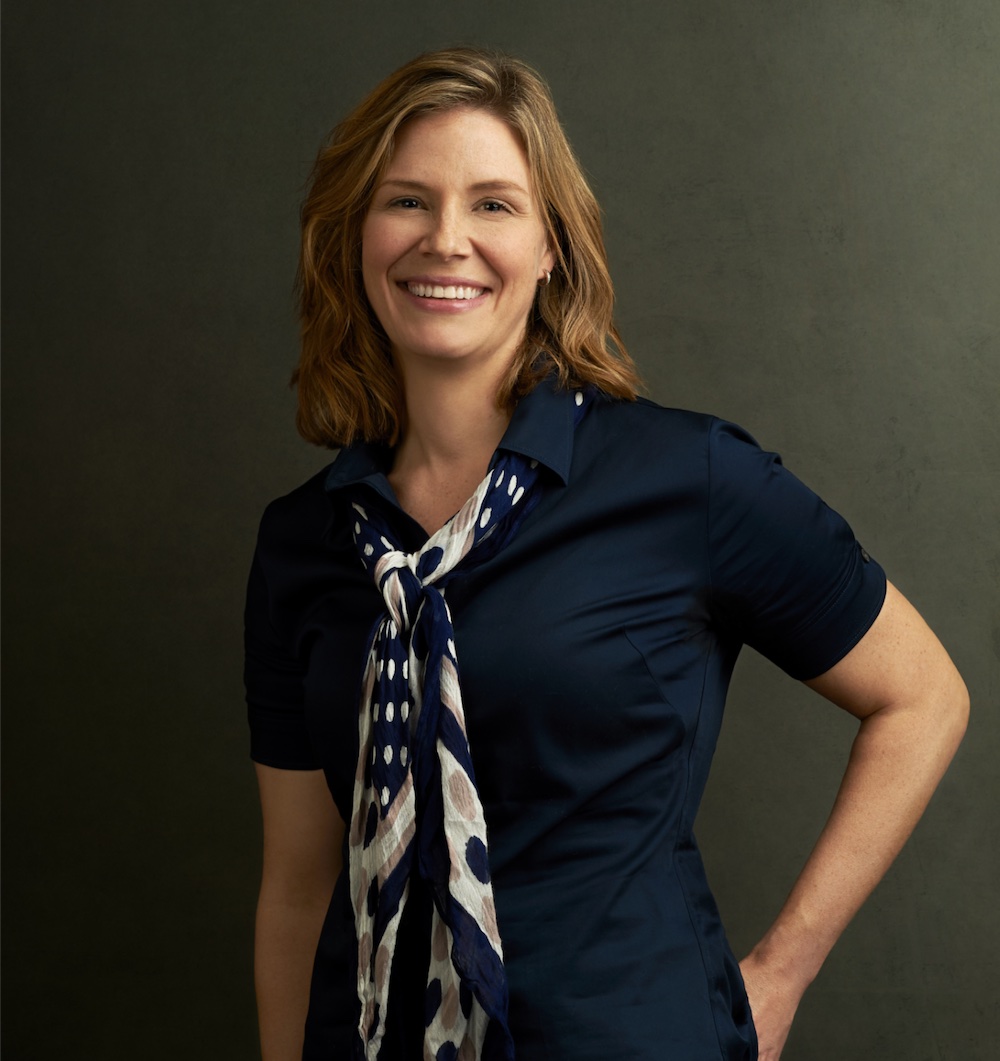Notes: A miscellany of news and events
urban park
This August, the Windsor Star reported the Federal Minister of International Development Karina Gould indicated an urban national park in Windsor, Ontario’s Ojibway Prairie Complex is “as good as a done deal.”
This would be only the second urban national park, the first being Rouge National Urban Park in Toronto’s Scarborough area.
With the municipality on board, and the City and Parks Canada planning to launch consultations with both the broader and Indigenous communities, it seems like this really may happen. And, assuming the newly-re-elected federal Liberals don’t suddenly change up their own budget priorities, there is (Minister Gould said) money ready for the project.
Whether this ushers in an era of urban national parks is wild speculation at the moment, but one can dream.
curling
It’s the annual OALA curling bonspiel! The first indoor, in-person Association event in a long time. The action takes place at the Guelph Curling Club (816 Woolwich Street), on November 6, at 4 p.m. Tickets are $25/person, and you can register as an individual, or as a team of four.
If you’ve never curled before, there will be practice runs and training when you arrive. Individuals will be assigned a team—what better way to meet your fellow Association members? And dinner is included in the registration fee.
Did we mention the theme? Come in your best Halloween costume. There is a prize for the group crowned “Team Thriller.”
Deadline to register is November 3, and you can do so by emailing OALA Coordinator Juleen at [email protected].
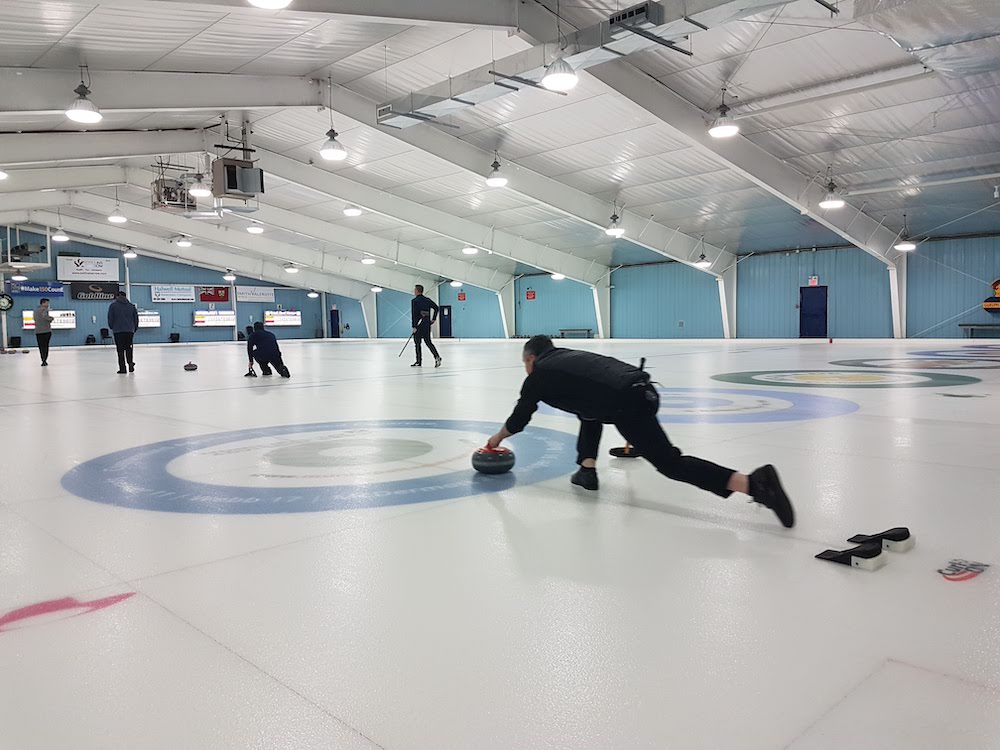
books
When we talk about Indigenous people and issues in Canada, we often talk about them as a primarily rural. But Indigenous populations are rising in many urban centres and Toronto is no exception.
Indigenous Toronto: stories that carry this place is a book of essays which capture the issues facing urban Indigenous people in Canada’s largest city (with the fourth largest Indigenous population in the country). The book has an incredible array of contributors, and covers Indigenous past, present, and future.
As landscape architects reflect on how to integrate the lessons of the Truth and Reconciliation Commission in their own practices, this is a good resource to learn about an important urban Indigenous community.
The book is available from Coach House Books.
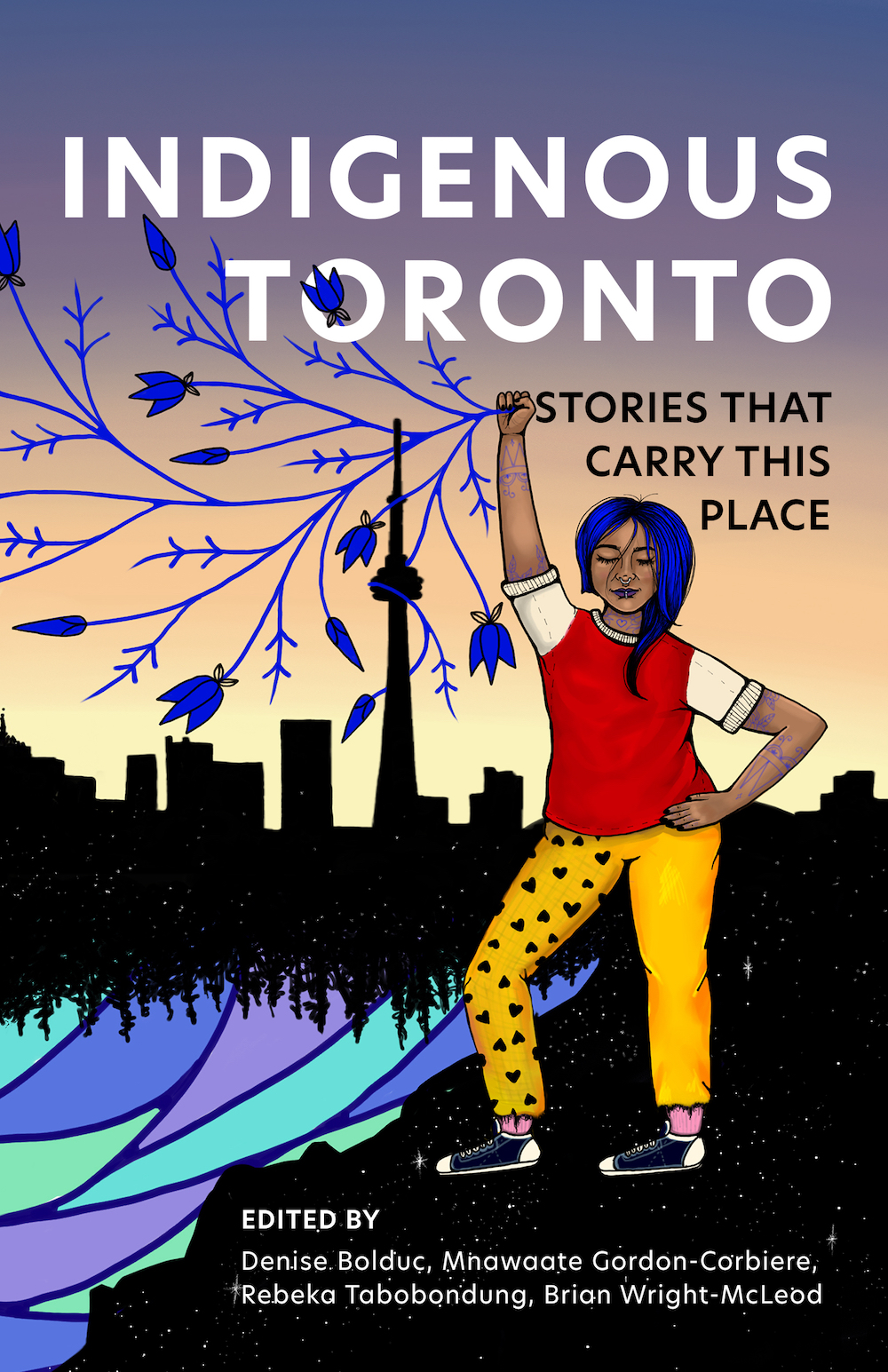
Also, newly available from Coach House is Perry King’s Rebound: sports, community, and the inclusive city.
In Rebound, King tells the story of the role sports plays in urban communities—especially immigrant or statistically marginalized communities. It’s a story of physical health and activity, creating and maintaining social relationships, and carving out opportunities to play out of the existing urban form of Canadian cities.
In the pandemic, we at once lost access to many of the spaces we rely on for sport and play, saw marginalized people especially targeted for making use of these spaces, and, finally, came to cherish these spaces as much-needed antidotes to the lockdown blues. In this context, it’s a great time to talk about sport, and the role it plays in urban communities.
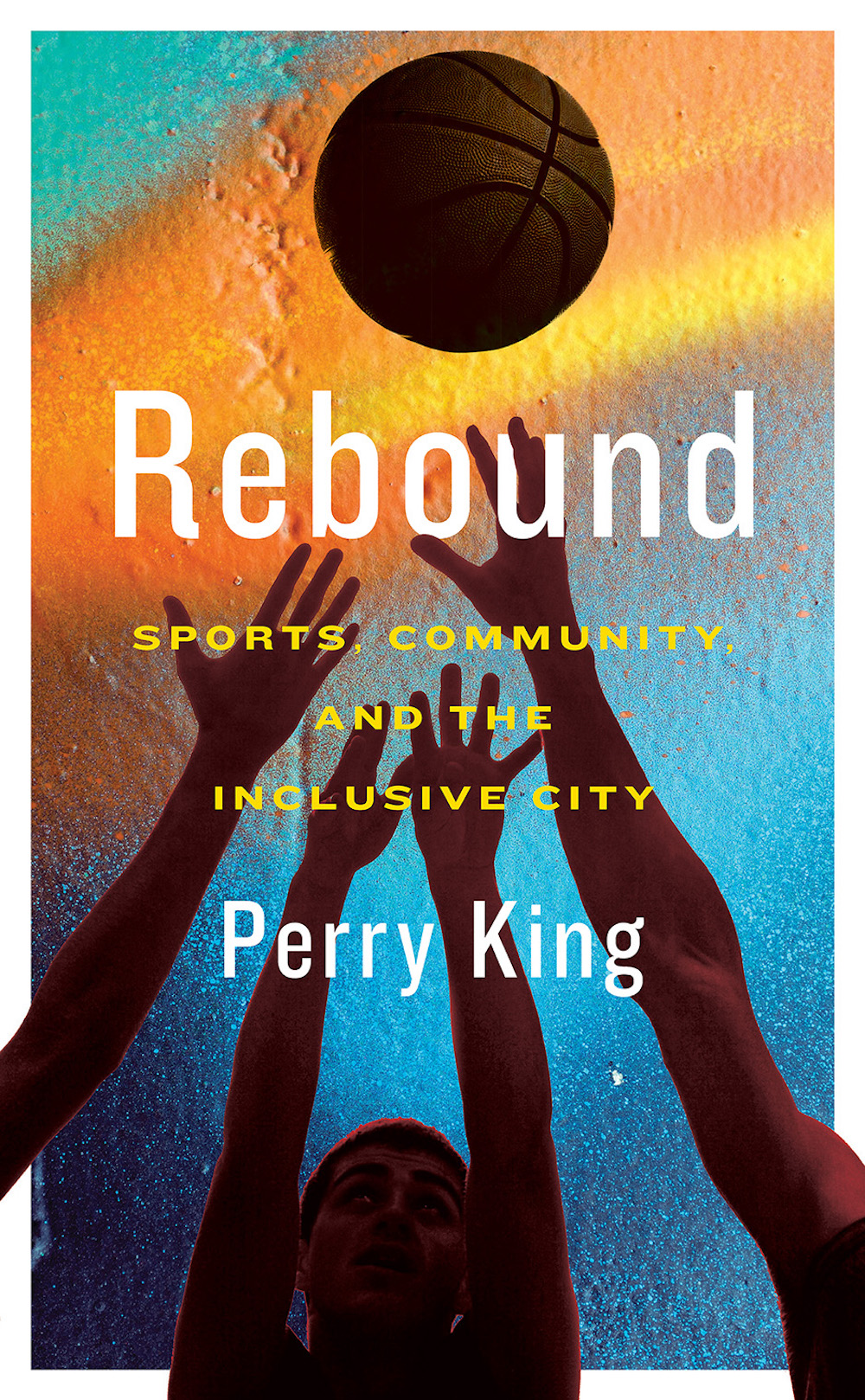
new members
The Ontario Association of Landscape Architects is proud to recognize and welcome the following new members
to the Association:
John Allison *
Daniel Beauchesne
Stephen Brophy *
Graham Carr
Phoenix Chan
Julia Crane
Andrew Danielson
Holly Horne
Claire McLoughlin
Rebecca Roy
Beverley Windjack
Asterisk (*) denotes Full Members without the use of professional seal.
oala awards
The OALA invites you to nominate your peers for the 2022 annual awards. The deadline for nominations is November 30th,
so if you have someone in mind who deserves recognition, make sure to put their name forward. You can read about the various award categories and how to submit here: www.oala.ca/awards
awards
The Royal Architectural Institute of Canada, Canadian Institute of Planners, and the Canadian Association of Landscape Architects are looking for submissions for the 2022 National Urban Design Awards.
This awards program “encourages the submission of multidisciplinary projects involving planners, landscape architects, architects, students, and other disciplines,” and “recognizes the importance and impact of inter and multidisciplinary teams in enhancing the qualify of life in Canadian communities.”
Awards categories include Urban Design Plans, Urban Architecture, Civic Design Projects, Urban Fragments, the Community Initiatives Award, and Student Projects.
The deadline for submissions is December 17th, and you can submit online at raic.org.
equity resources
In the hopes of promoting diversity, equity, and understanding, Ground will be sharing resources for supporting, encouraging, and celebrating racial justice in the landscape architecture field. Here are a few selections:
“Ethnographic understandings of ethnically diverse neighbourhoods to inform urban design practice,” an essay by Clare Rishbeth, Farnaz Ganji, and Goran Vodicka for Local Environment: The International Journal of Justice and Sustainability, Volume 23, Issue 1:
“In more recent years exploring landscape architectural practice within the UK planning framework, it is refreshing to see a recurrent visibility about the understanding and design of “shared space,” especially when it comes to streets and mobility. But what about furthering the lens of ethnocultural and racial diversity in examining how spaces function to serve public life and “whose” public life? This paper, published by Local Environmental in 2018, addresses how to develop a deeper understanding framework for better design sensitivity and competency in ethnically diverse neighbourhoods.
At times, as designers, we may miss the particularity of how we package and describe the function and programming of spaces in our design schemes, and how that can in turn unconsciously feed into narrowing the pathway of cultural considerations as design develops. The time-sensitive processes of design can render choices exclusionary to ways in which humans of many marginalized identities and backgrounds may see their role in public spaces and how those spaces can be inclusive towards their existence, safety, and culture. This paper offers insight into how we can take a further step in making these processes more inclusive.” — Dalia Todary-Michael, OALA, Ground Editorial Board member
If you’d like to go deeper, the CSLA is providing a Diversity & Equity Resources page on their website: www.csla-aapc.ca/mission-areas/diversity-and-equity
ontario place
Many of us have been anxious about the future of Ontario Place, after the Doug Ford government declared it was looking for proposals to reimagine the aging landmark (plans, which include a spa, were recently unveiled). And while much of the amusement park-style infrastructure has been left to crumble into various states of disrepair, the relatively new Trillium Park has gained the approval of many who see the new landscape as the best possible use of the site.
And it continues to get better. On the National Day for Truth and Reconciliation, it was officially revealed that Trillium now includes 112 plant markers, identifying the rich diversity of plants in the park in English, French, Latin, and Ojibwe. The Ojibwe translations for each plaque were provided by Dr. Jonathan Ferrier, member of the Credit of the Mississauga First Nation and professor of botany at Dalhousie University.
Each plant name will be mapped and searchable on the park’s website, along with the botanical, medicinal, and nutritional information for each species—a great resource for school boards, or just inquiring minds.
Walter Kehm (OALA Emeritus), who worked on the project, says, “It is hoped that the spirit of Trillium Park will continue through the various phases of the Ontario Place redevelopment.”
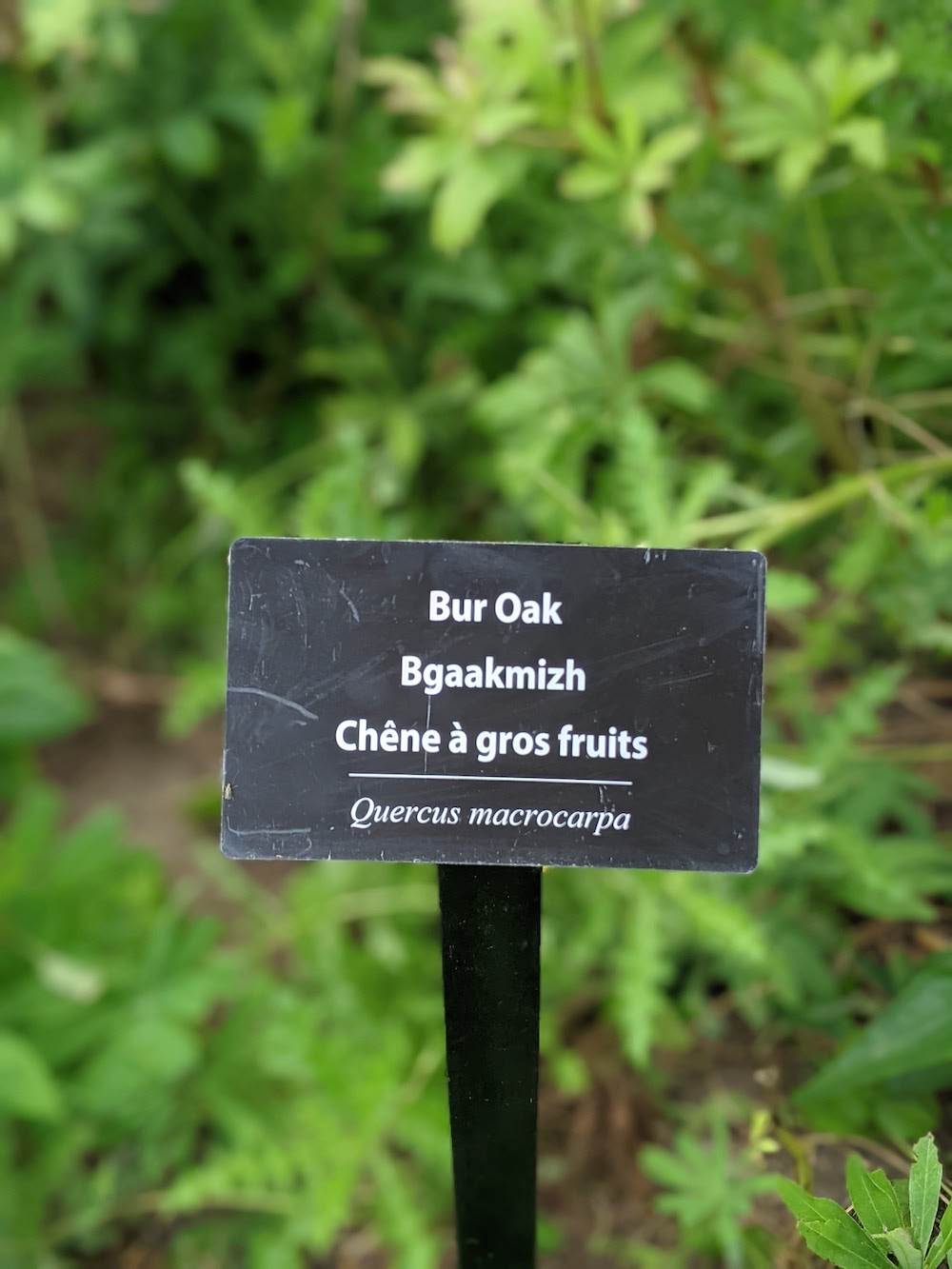
urban greening
The Vineland Research and Innovation Centre, Landscape Ontario, and Walker Industries have combined to create a new public-private research consortium, with the goal of exploring common urban landscape challenges.
“The consortium will lead urban greening research by setting research priorities that reflect industry needs and support its economic success. Consortium members will also have access to a range of other benefits, from training and skills development opportunities to innovative data, network connections and emerging knowledge.”
The consortium is currently seeking membership, and those interested can contact [email protected].
Or, for more, follow @vinelandrsrch on Twitter, or greening_lab on Instagram.
